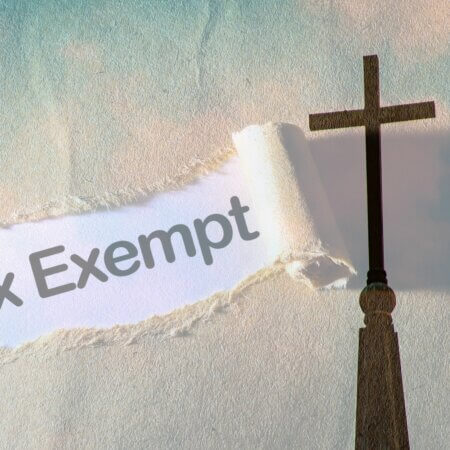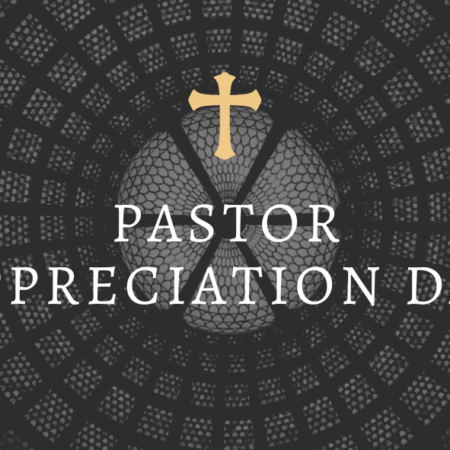Giving Statements—How to Use Them Correctly and Benefit Your Congregation
Let’s be honest—money is not the easiest topic to discuss when it comes to church management. Apart from the continual stress about covering costs month to month, many members of your congregation may not appreciate you preaching about it or asking for financial support.
And this is just one of the many reasons why reviewing your approach to giving statements is so important. Have you ever considered how useful a tool it can be, with multiple benefits for both you and your members? Since ChMeetings makes it so easy to manage your church contribution data and statements, why not discover how to optimize this tool?
Giving Statements—Their Importance in All Congregations
Yes, money is a controversial subject. But church leaders can improve their relationship with their members when using giving statements correctly. Furthermore, certain tax guidelines mean it’s better to make giving statements a priority from now on.
Are Churches Required to Provide Contribution Statements?
In short, you as a church may not necessarily get into trouble for not issuing giving statements. Also, in general, many of your members may not feel they need the paperwork from your side. However, there are cases where individuals’ donations to non-profit entities like churches get reviewed after tax submissions. If the tax office requires proof of donations, it can create a lot of additional time and effort—for both your office and your members—to compile the necessary documents.
However, in churches where providing church contribution statement documents are part of the normal financial management processes, tax queries are handled quickly and easily. So, even if you think members don’t really want that summary, they may need it more than you—or they—think.
5 Uses and Benefits of Giving Statements
Apart from the legal and tax issue regarding someone’s church contribution, giving a church contribution letter carries multiple additional practical benefits, while improving your relationship with members. Here are some examples:
- It serves as proof that you aim to manage the congregation’s money responsibly and with transparency.
- They can compare the data with their own and enquire about discrepancies, which may be simple human error but also helps prevent fraud.
- Without spamming their inboxes, you get an opportunity to share about God’s faithfulness in recent months.
- Even leading business experts will tell you the value of saying ‘thank you’ and this principle applies in church environments too. A church contribution letter that states your gratitude for continued support can do a lot to build trust and ensure loyalty from your members. You don’t want anyone to feel that sacrificing some of their hard-earned money is taken for granted.
- A statement can serve as a reminder for future support. Don’t fear that it can be seen as hinting at more donations. Many of your congregation may appreciate the reminder of a cause they want to support, which they may have forgotten in the hustle and bustle of normal life.
When to Send Out Giving Statements
Depending on the manpower in your church office, you can find a workflow that works for you. Make sure sending out details on church contribution figures doesn’t put too much strain on your employees or volunteers.
However, remember that software and digital tools like ChMeeting simplify the capturing of data and the compiling of reports, such as giving statements. You can customize it according to your needs and preferences, so it doesn’t take much time.
Depending on your workflows and resources, consider the following to plan timelines for sending out your church contribution statement documents:
- January: Many members may need it for IRS purposes, and they receive documentation like W-2 and 1099-misc forms during January. Supply them with your giving statement no later than 31 January of each year, so they have everything on hand to accurately submit their tax returns.
- Projects: Share updated member contributions after asking for support for a specific project. You can share news about the total amount received thus far, which could inspire some members to become part of the success story.
- Sermons: Since the Bible talks about money multiple times, consider sharing a sermon on the topic and send out giving statements shortly afterward. Include additional material that teaches on the subject and invites people to review their finances in light of God’s principles. Avoid coming across as judgmental—rather invite individuals to come and talk about their concerns, so you can pray for divine guidance on the topic.

- General communication: Make giving statements part of other church communication, such as regular newsletters.
By sharing statements more regularly, members can become more comfortable discussing the topic and also making God part of their financial planning.
Characteristics of Dynamic Giving Statements?
A major factor determining whether your giving statements will be a beneficial tool is their exact content. Here’s a checklist of church contribution statement requirements to consider when creating yours:
- Customization: Small details send powerful messages. For example, add the church logo to add some professionalism and a more personal approach.
- Cover letter: Attach a cover letter to create space for sharing gratitude and other details mentioned in this article.
- Accurate data: Before sending out statements, do ensure your records are up to date.
- Tone and message: Be friendly rather than too business-like in your cover letter.
- Other statistical information: Money isn’t the only data that matters. Share about the number of baptisms, church numbers that grew, or how many people you served at the recent outreach.

- Use of funds: Let people know what their money helps achieve by sharing about general church expenses, but also how much you could put towards missionary work or community projects.
- Looking forward: Inspire people to keep supporting by sharing about upcoming church projects.
- Personalization: Use software to address people by their names in the church contribution letter, making the statement more personal.
- Communication method: Cut back on printing by sending statements as PDFs. Members may appreciate a more sustainable approach.
- Payment options: Show how easy it is to manage upcoming contributions, by adding banking details and online payment options via a platform like ChMeetings or informing them about debit order systems or your PayPal account.
Five Ways Will Help you Manage Your Congregation’s Contributions
ChMeetings is designed with churches AND their members in mind. Because our app is so user-friendly, your members will enjoy using it too. And ‘Giving’ is one of our most popular features.
You’re empowered by:
- Easily collecting and tracking all contributors’ payments
- It’s super easy to create statements
- By adding your logo, you can share your brand across all communication
- The platform helps create labels for mailing or digital copies to email to members
- You can easily track pledged amounts with real contributions—a giving statement is the ideal tool to remind members of their commitment to support projects
All the tools are available to simplify giving statement season for you! So, how can we assist?










